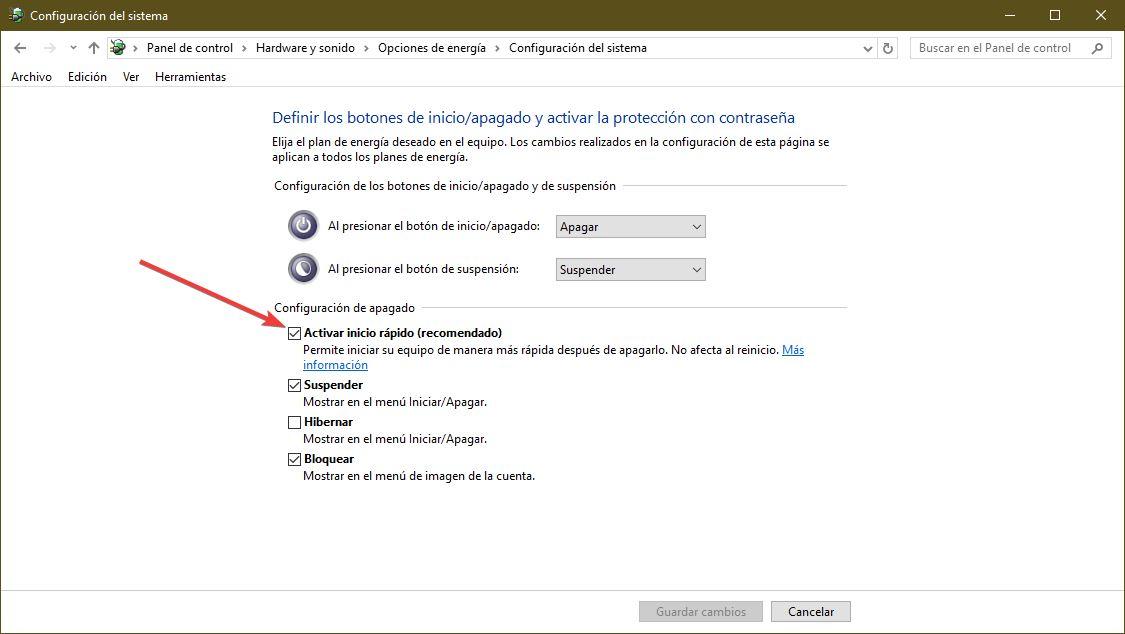
In the list of Mount points, select “/.” Make sure everything looks exactly the same as in the image. The least recommended space for root is 30GB (considering we only have 100GB of free space). In standard terms, consider it to be the “ C:\\ Drive” of Windows. The Root is the place where essential components of your system are stored. Remember the space we freed up for installing Mint while in Windows? In the list of partitions, find a partition labeled “ Free Space.” Double-click on it to create new partitions. Phew! It’s been a long journey so far you don’t want to quit after coming this far, do you? Four more steps and Linux Mint will be all yours. You can also choose the option “Erase everything and Install Mint” considering you’ve already backed up every file. Select the “Something else” option and continue your installation journey. Set up the keyboard and OS language until you reach the “Installation Type” menu. The “Install Linux Mint Application” can be found on the desktop. The same procedure can be followed to install most of the Linux Distros. If you don’t like it, I’d suggest you check out our Pop!_OS Review article. Pressing enter will take you to the Linux Mint desktop.

Your USB drive will mostly be displayed at last, as you can see in the above image (Generic -SD/MMC/MS Pro) as I’m using an SD card in an SDHC adapter. Look up on Google or your PC’s manual about the key or try pressing F2, F5, F8, F10, or F12. Power on your PC, and before the manufacturer’s logo appears, press the OEM specific key to boot into Boot options.


 0 kommentar(er)
0 kommentar(er)
